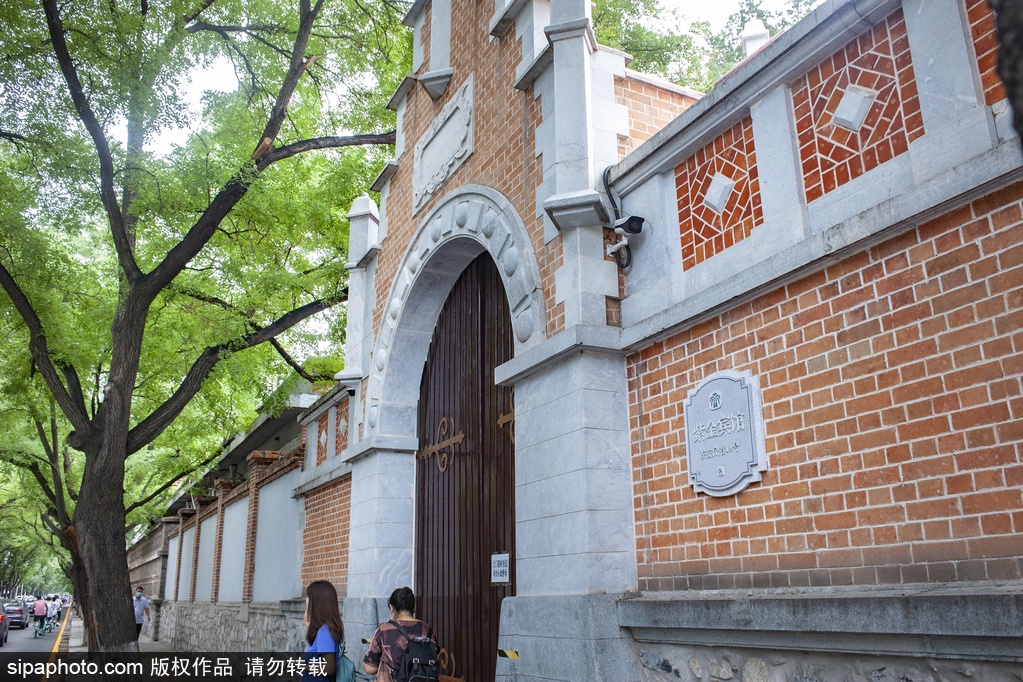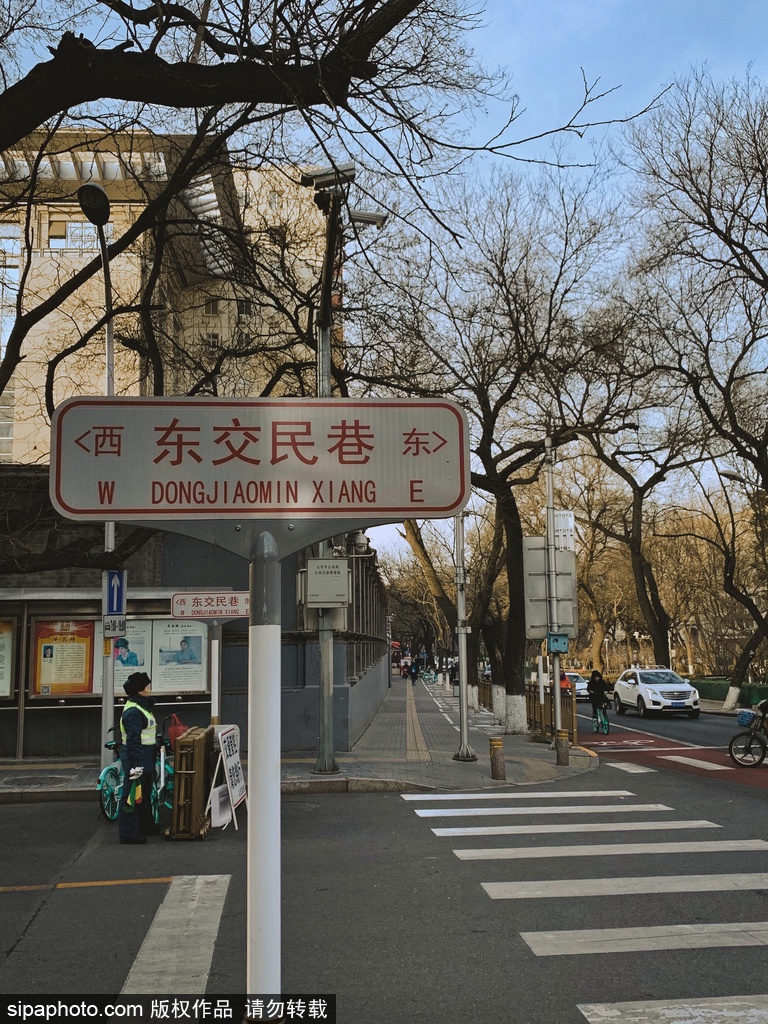
Key Words:Hutong
Dongjiaominxiang is the longest hutong which stretches as long as long three kilometers.
Admission:Free
Opening Hours: All day
Best time to visit:All year
Recommended Time for a Visit:2 Hours
Description
Dongjiaominxiang is the longest hutong which stretches as long as long three kilometers and begins at the east road of Tiananmen Square and ends at Chongwenmennei Street. In each and every city there are numerous alleys of different sizes which are called “hutongs”, initially built during the Yuan Dynasty. In the recent hundreds of years, these hutongs are like blood vessels that are closely connected with the lives of Beijingers. In the past numerous hutongs were found in the city and now the stories of Beijing are being performed in Beijing.
Dongjiaominxiang was born at the end of the 13th century, when grains were transported to the capital city of the Yuan Dynasty through the Grand Canal. In the beginning grains would be downloaded on the street, initially named River Rice Alley. In the 18th of Emperor Yongle, Emperor Yongle moved the capital city of the Ming Dynasty to Beijing from Nanjing. Since then, the River Rice Alley turned into a very long street. That was the longest hutong in Beijing and was the embassy area of the Old China.
The buildings of Dongjiaominxiang appear quite special. Not like the traditional old hutongs where four generations usually live in the same family. However, the oldest residents living in Dongjiaominxiang have only lived 50 years, because this is an embassy area.
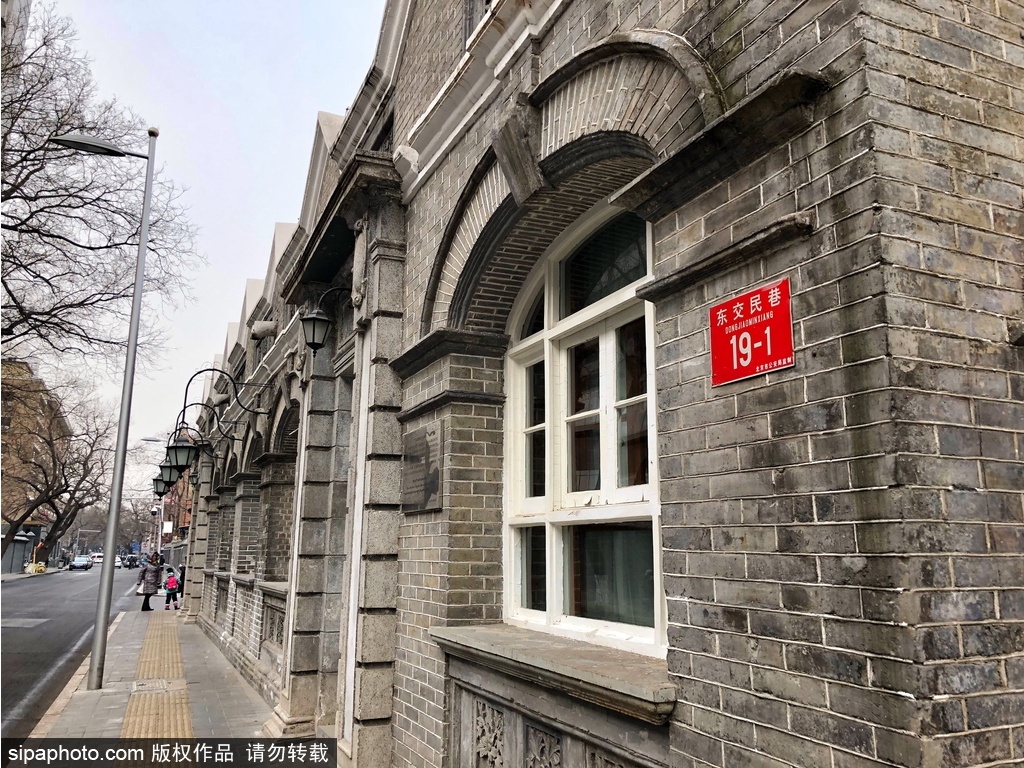
History
Foreign Envoys Reception Before 1860
Dongjiaomin Lane and Xijiaomin Lane were collectively called Jiangmi Lane in the Yuan Dynasty(1271 – 1368). Customs offices, vital to canal transportation of the day, were built there. Then, it was partitioned into Dongjiangmi and Xijiangmi in the Ming Dynasty(1368 – 1644). Ministry of Rites, Court of State Ceremonial, and Huitong Hall were installed on Dongjiangmi Lane. The first two were both state offices. Huitong Hall served as the reception of foreign envoys. It was named Siyi Hall and also acted as a translation institution in the Qing Dynasty (1644 – 1911).
Legation Quarter from 1860 to 1959
After the Second Opium War in 1860, permanent British, French, American, and Russian legations were established on Dongjiangmi Lane. Other countries followed suit, making this hutong the Legation Street. Since then, this hutong was known as Dongjiaomin Lane. When more and more foreigners had settled, a number of foreign banks, French post office, and western hospitals opened shop, making this place a lot westernized. Legation Quarter was moved to Sanlitun in 1959. But the buildings in this hutong have attracted numerous visitors.
Scenic spots
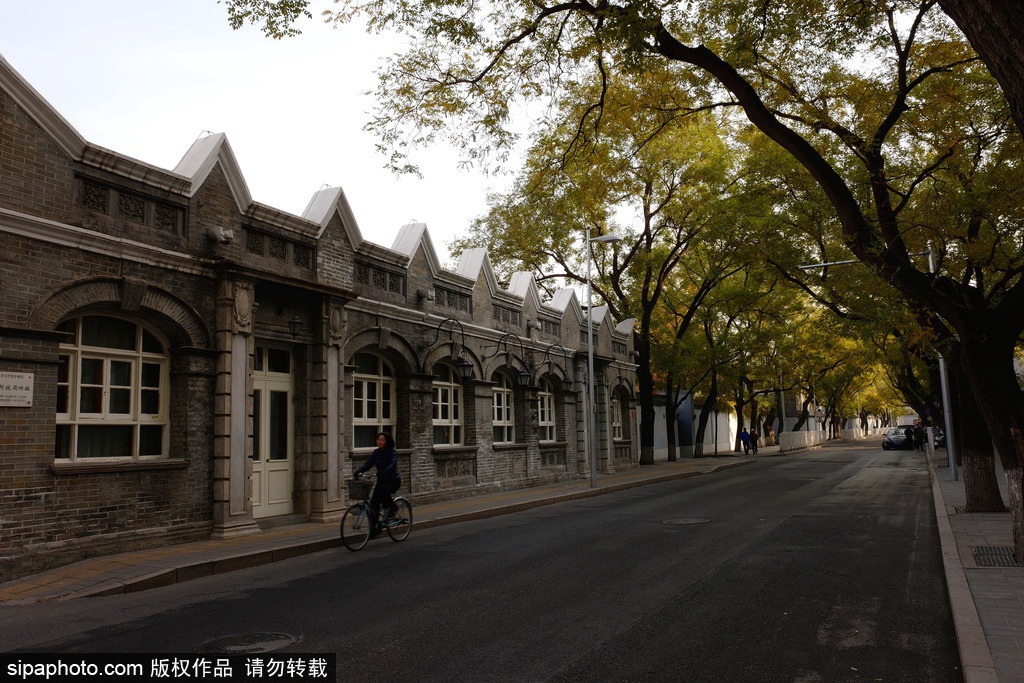
Former Legation Buildings
The legacy buildings are former legations or headquarters of many western countries and concerns, such as France, Austria-Hungary, Belgium, and Italy, Specie Bank, Citibank, international club, and French barrack. You can see arches and verandas in almost every building. Gates, pilasters, and roof all follow western-style architectural patterns in the early 20th century.
St. Michael's Church
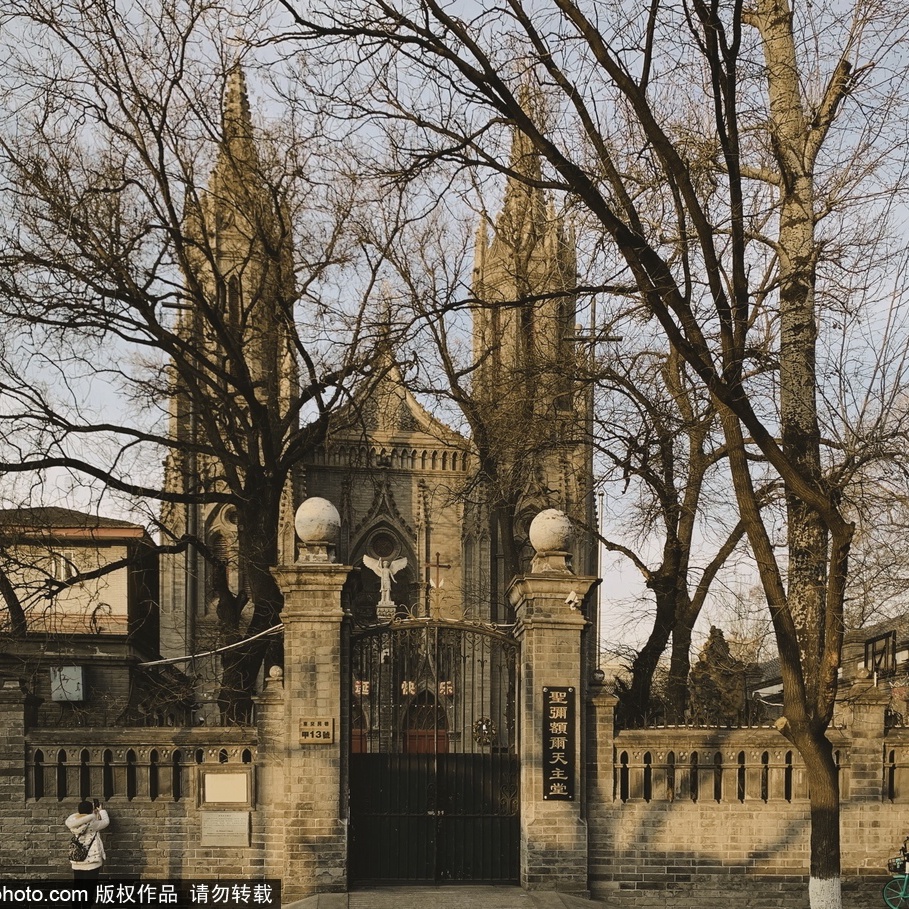
At the joint with Taijichang Street, you can see St. Michael's Church. It is a two-floor Gothic architecture built in 1901, which is dominated by a statue of the Archangel Michael above the gate. It is the smallest Catholic church in town, with an area of 2,656.4 square meters (2,905 square yards). This church's exterior is marble with the interior wood. It has an arched roof supported by round pillars. Walls and windows are of customized stained glass. To the north of the church is a two-story western-style house for the priory.
How to get to Dongjiaomin Lane
By subway
Take Subway Line 2 to Qianmen Station; or take Line 2/Line 5 to Chongwenmen.
By bus
1. Take bus 2, 5, 120, or Sightseeing Bus Line 2, and get off at Tiananmen Square East Station.
2. Take bus 41, or 60 to Zhengyilu Nankou Station.
3. Take bus 39, 41, 106, 108, 110, 111, 116, 128 or 684, and get off at Chongwenmen Inner Station.
4. Take bus 8, 9, 20, 41, 44, 59, 60, 103, 104, 110, 599, 622 or Te 2, and get off at Chongwenmen West Station.
